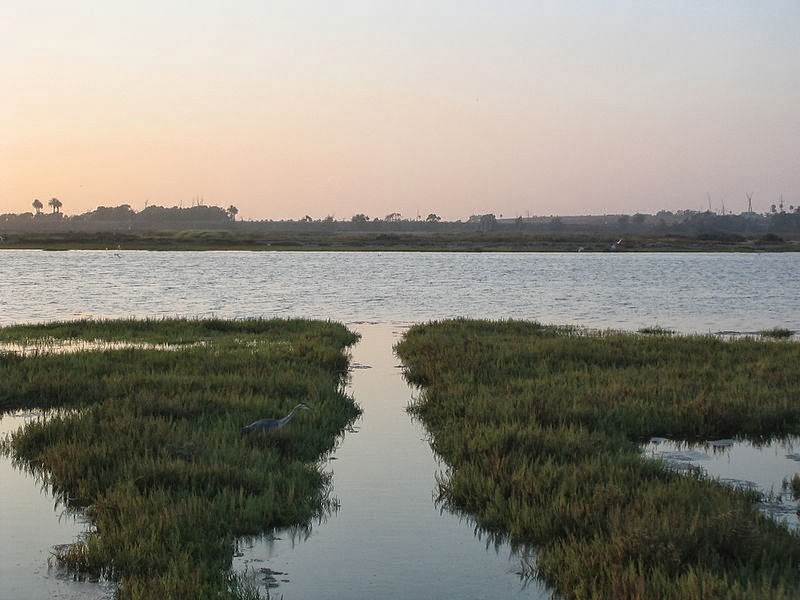 Old things and a forgotten idea find new life at Oregon State University.
Old things and a forgotten idea find new life at Oregon State University.Twice each term, OSU holds a repair fair, giving students the opportunity to learn ways of repairing various items. Offered by the university's Waste Watchers group, the repair demonstrations change each term and range from electronics and appliances to clothing and jewelry.
In society today, throwing things away has become the default reaction when they wear out or fail to work, but not so long ago, we fixed them. Doing so cut down on waste and lowered the need for more production. OSU's repair fairs bring this practice back and give students the skills to keep it going for the rest of their lives. To learn more about OSU's repair fairs, click here.
Learning to repair things certainly helps the environment, but it has other great benefits. First, a person who fixes something becomes empowered by an understanding of it. In other words, that person isn't simply subject to the laws of consumerism. Second, fixing something often gives a person greater ownership and appreciation of it.
Perhaps the biggest repair that results from learning to fix things is the mending of the relationship we have with our possessions.






